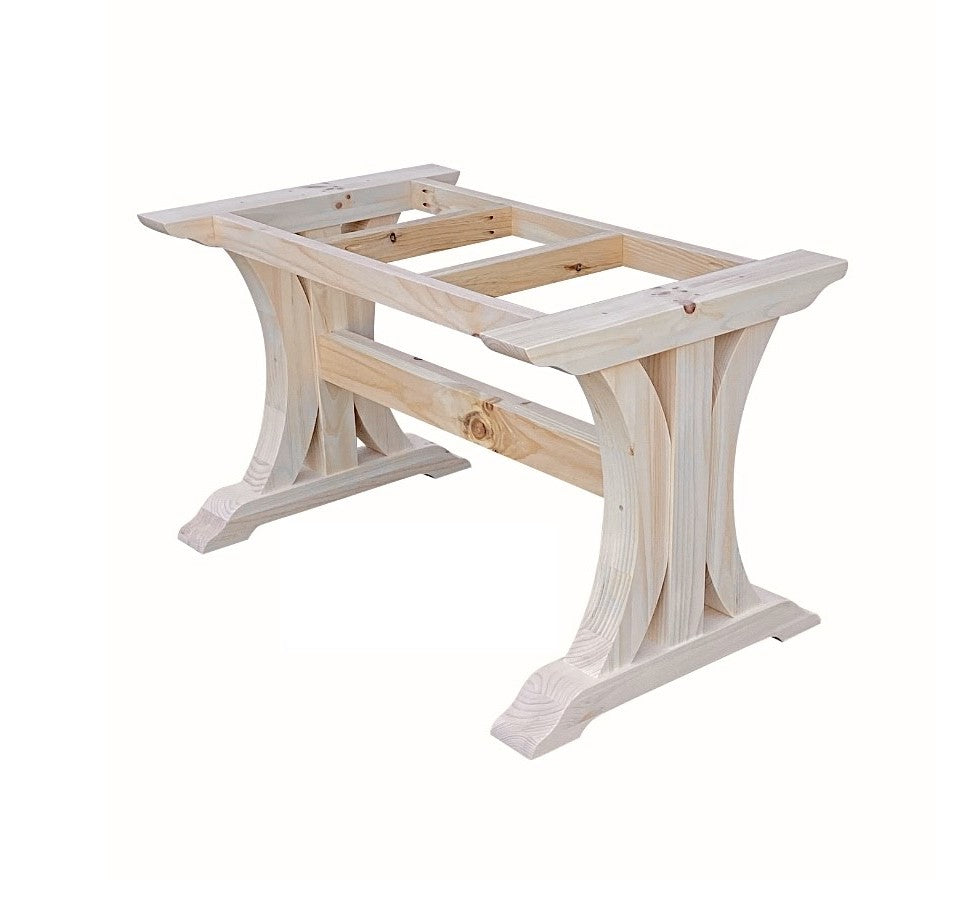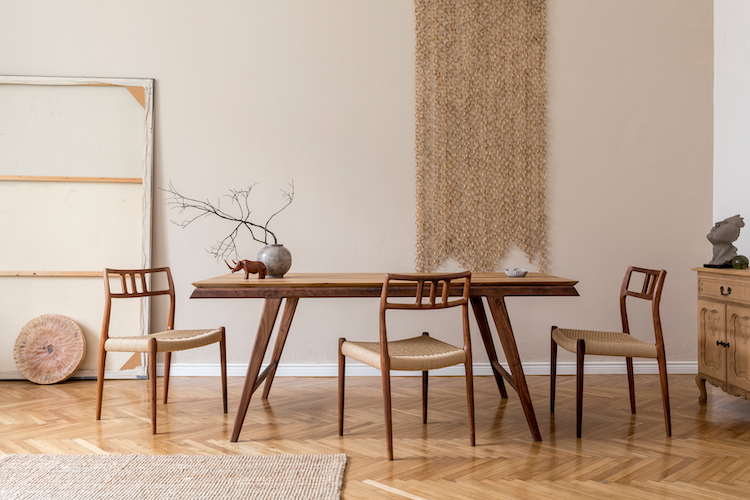How to Maintain and Care for Your Dining Room Table Legs
How to Maintain and Care for Your Dining Room Table Legs
Blog Article
From Conventional to Modern: Discover the Ideal Dining Room Table Legs for Your Style
The choice of dining space table legs plays a critical duty in specifying the total personality of your area, bridging the gap in between traditional workmanship and contemporary aesthetic appeals. While traditional designs such as cabriole and turned legs stimulate a sense of classic class, modern styles like barrette and geometric options present an opportunity for striking aesthetic rate of interest. Examining the ideal equilibrium in between these styles calls for a nuanced understanding of your existing décor and individual preference. As you take into consideration these components, the concern continues to be: how can you perfectly integrate these diverse leg designs to produce a harmonious dining experience?
Comprehending Table Leg Styles
The variety of dining-room table leg designs can significantly influence both the aesthetics and functionality of the space. Each leg design contributes one-of-a-kind visual aspects and useful features, dealing with varied style preferences and use requirements. Understanding these styles is essential for selecting the appropriate table that straightens with your overall interior decoration vision.
As an example, conical legs supply a clean, classic look that can boost a space's sophistication, while pedestal bases offer security and maximize legroom, making them suitable for smaller spaces. Hairpin legs, a trademark of mid-century modern design, present a commercial panache, permitting a ventilated, open feeling. In a similar way, trestle legs evoke rustic beauty, supplying robust support and a sense of timelessness.
Moreover, the selection of materials plays a considerable function. Wooden legs can bring heat and texture, whereas steel alternatives often share a streamlined, modern ambiance. Eventually, comprehending table leg styles is crucial for producing a cohesive dining location that reflects individual style while guaranteeing usefulness and comfort. By attentively thinking about these elements, you can improve both the aesthetic and useful allure of your dining room.
Standard Table Leg Options
When choosing dining-room table legs, typical options commonly embody timeless beauty and craftsmanship. These layouts reflect a rich heritage and a commitment to quality, making them perfect for those who value timeless looks.
One of one of the most famous typical leg styles is the cabriole leg, defined by its elegant bent form. This layout usually features decorative carvings and is most typically discovered in Queen Anne and Chippendale furnishings. One more preferred alternative is the turned leg, which boasts a series of smooth, rounded shapes that provide a timeless appearance while keeping security.
Furthermore, the straight leg, while easy, provides a basic and tough framework that can mix effortlessly with a variety of tabletop styles. For those drawn to ornate detailing, claw-and-ball feet legs evoke a feeling of majesty and can function as a stunning prime focus in any type of dining space.
Last but not least, pedestal bases, although not purely legs, supply a different typical alternative that permits adequate legroom and can be magnificently sculpted. Each of these conventional leg styles adds to the total atmosphere of a dining-room, weding function with visual allure.

Modern Table Leg Styles
Modern table my blog leg designs supply a diverse variety of designs that emphasize tidy lines and innovative products. These layouts commonly prioritize performance while functioning as striking focal points within an eating area. Minimal appearances prevail, with legs crafted from products such as steel, glass, and crafted wood, which add to a airy and modern feeling.
One preferred style is the barrette leg, characterized by its slim, tapered framework that gives stability without frustrating the table top (dining room table legs). This style is usually found in mid-century modern-day furniture and can effortlessly enhance various table forms. One more fad is making use of geometric forms, where legs might take on angular or unbalanced kinds, including visual rate of interest and a touch of creativity

Blending Designs for Unique Spaces
Typically, house owners seek to create unique dining rooms that mirror their individual design by blending various design components. This strategy enables the unification of varied appearances, causing an unified yet distinctive setting. For example, combining a rustic wooden table with sleek, modern-day steel legs can produce a captivating contrast that elevates the room's general appeal.
In addition, incorporating vintage table legs with modern tabletops can stimulate a sense of background while maintaining a modern-day perceptiveness. Such combinations not just showcase specific taste but additionally encourage creative thinking, enabling homeowners to curate a room that feels both individual and inviting.
Shade plays a vital role in this mixing process; selecting table legs that match or comparison with the existing color system can enhance aesthetic rate of interest. For instance, whitewashed legs can soften the boldness of a dark table surface area, creating a balanced visual.
Tips for Choosing the Right Legs
Choosing the right table legs is important for attaining both functionality and visual allure in your dining area. Begin by taking into consideration the general design of your room. Conventional why not try this out setups benefit from legs that feature detailed carvings or turned styles, while modern spaces may call for streamlined, minimal styles.
Next, examine the elevation and stability of the legs. dining room table legs. Standard eating tables vary in between 28 to 30 inches in elevation, so guarantee the legs complement this dimension for comfort. In addition, durable products, such as wood or steel, can investigate this site boost stability and longevity
Evaluate the leg shape as well-- options include directly, tapered, or pedestal styles. Straight legs use a traditional appearance, while tapered legs can add a touch of beauty. Pedestal bases supply adequate legroom and are perfect for smaller spaces.
Conclusion
In recap, picking the suitable dining space table legs needs cautious consideration of both contemporary and standard designs. By integrating leg design, height, and product with the total decor, a natural and welcoming environment can be attained.
The selection of eating room table leg designs can dramatically affect both the aesthetic appeals and performance of the space. Inevitably, understanding table leg designs is vital for developing a cohesive eating location that shows personal design while ensuring usefulness and convenience.One of the most famous traditional leg designs is the cabriole leg, characterized by its elegant curved shape. Straight legs use a timeless appearance, while tapered legs can include a touch of beauty.In summary, picking the optimal dining area table legs requires mindful consideration of both modern and typical designs.
Report this page